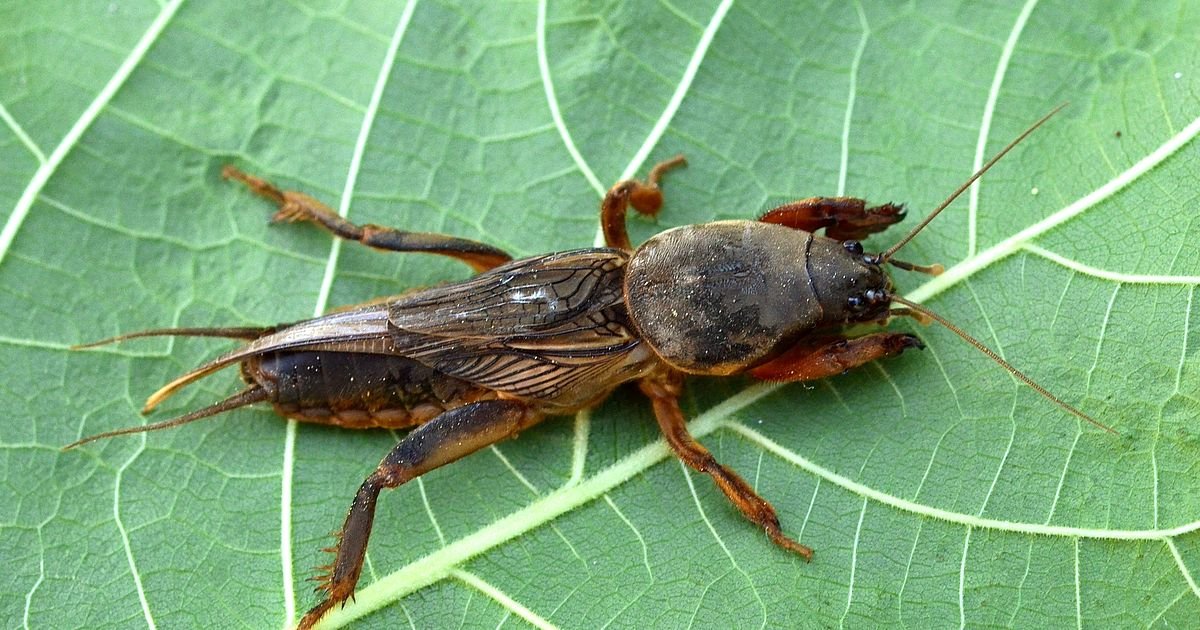Mole crickets belong to the same family as the common crickets, Grillotalpidae. The two most damaging species are: The Southern Mole Cricket (Scapteriscus Vicinus), and the Gray Mole Cricket (Scapteriscus Acletus). These are species that spend most of their lives under the ground, therefore they are very difficult to visualize and identify, consequently, their control becomes very difficult. These insects produce tunnels in the soil, and perforate the first 20 cm of depth, in certain circumstances they can go as deep as 70 cm. The most aggressive and voracious species is the Gray Mole Cricket, which feeds on the roots of vegetables, and in warm nights, it goes outdoors to devour shoots and tender leaves. The Southern Mole Cricket is more of a predator, feeding on other insects and organic matter, but its damage lies in the number of tunnels it makes in its path. They are large crickets, measuring 32 to 39 mm in length. They lay eggs in chambers that are at a depth of 15 cm below the ground, and the most important thing is that a female can excavate 3 to 5 chambers, and lay approximately 35 eggs in each one. This results in a laying of 100 to 175 eggs per female per year. This oviposition occurs between September and November, depending on several factors (mainly humidity and temperature). Twenty days later, the small nymphs hatch and begin to feed very actively. The nymph is like the adult, smaller and wingless, and in total there are between 6 and 7 nymphal stages that are the most attacking and damaging, causing and occupying large and long systems of tunnels in the soil before reaching the adult forms. The nymphs are jumping, but the adults are not. The first pair of legs have modified legs which allow them to be great diggers in the soil. Adults are winged and have great flight capabilities. The flight range is not yet well clarified but they can reach up to 3 km, with a range of 40 minutes.
0
